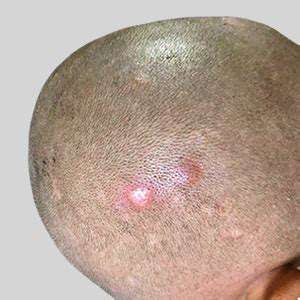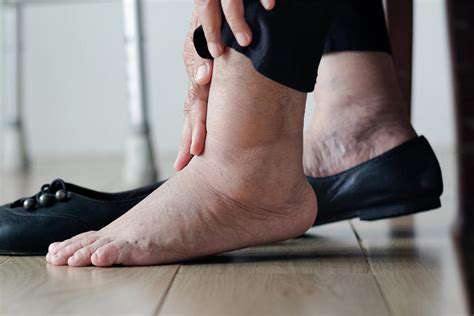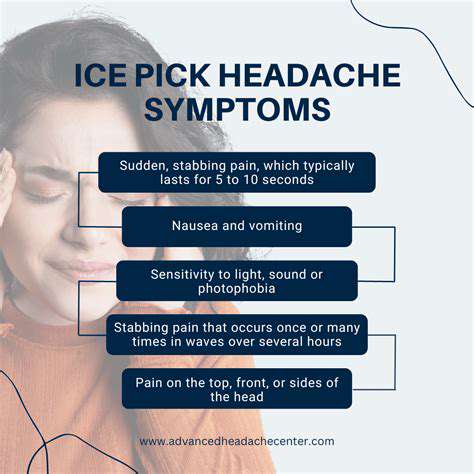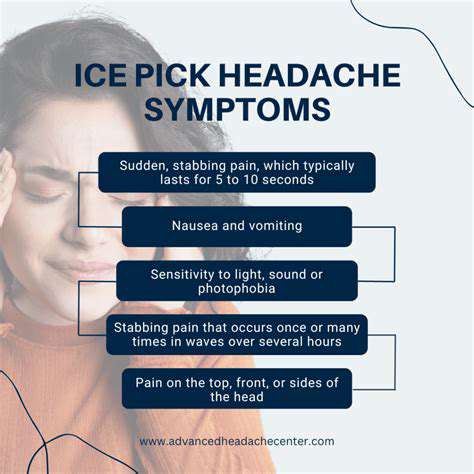Pain in Upper Back When Turning Head: Causes and Treatments
Contents
- Muscle overuse and chronic strain are the main causes of upper back pain when turning the head
- Degenerative disc disease can weaken the spine's cushioning function and cause pain
- Poor posture can significantly exacerbate upper back discomfort when turning the head
- Sports injuries may trigger acute or chronic upper back pain
- Chronic diseases like arthritis can worsen upper back movement restrictions
- Psychological stress can affect upper back functional activity through muscle tension
- Incorrect sleeping positions may lead to stiffness and pain in the upper back upon waking
- Professional physical therapy can effectively improve functional upper back pain
- Pain lasting more than two weeks should be evaluated by a doctor
- Recognizing warning signs can prevent serious complications
Common Triggers of Upper Back Pain When Turning the Head
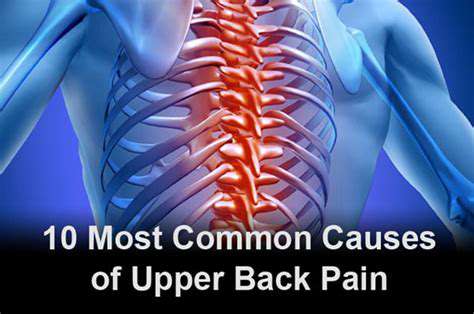
Muscle Strain and Overuse
When you feel upper back pain while turning your head, muscle strain is often one of the primary considerations. Activities that require repetitive exertion from the upper limbs, such as improper lifting or maintaining poor posture for extended periods, can lead to muscle compensatory strain. This is particularly common among office workers, where prolonged computer use leads to persistent tension in the trapezius muscle.
It is noteworthy that the cumulative effect of muscle fatigue is often most pronounced the following morning. Data shows that people who use electronic devices for more than four hours continuously have a 42% increased incidence of upper back pain. It is recommended to perform a five-minute neck extension and scapular retraction exercise every 45 minutes to effectively alleviate muscle tension.
Degenerative Changes in the Spine
As we age, disc degeneration becomes an unavoidable physiological process. These originally elastic cushioning structures gradually dehydrate and thin, leading to a narrowing of the intervertebral space. When turning the head, abnormal friction between the vertebrae may irritate surrounding nerve endings, resulting in sharp pain or a pulling sensation. Approximately 60% of neck mobility limitations in people over 45 are related to this issue.
It is noteworthy that the degenerative process may be accompanied by the formation of bone spurs. If these abnormal bone growths compress nerve roots, they can not only cause localized pain but may also lead to radiating numbness in the upper limbs. Regular cervical traction therapy and core muscle strengthening exercises can effectively slow down the degenerative process.
Postural Imbalance Issues
- Rounded shoulders and hunched back posture can keep the upper back muscles in a constant state of tension
- Using adjustable desks and chairs is recommended to keep eye level aligned with the screen
- Using memory foam neck pillows during lunch breaks can help maintain physiological curvature
The phenomenon of \tech neck\ commonly seen in modern individuals is worth paying attention to. For every 2.5 centimeters that the head tilts forward, the pressure on the cervical spine increases by 4.5 kilograms. This posture not only increases the load on the cervical extensor muscles but can also decrease the mobility of the thoracic spine. When suddenly turning the head, the previously tense muscles may enter protective spasms, causing severe pain.
Risk Factors for Developing Upper Back Pain
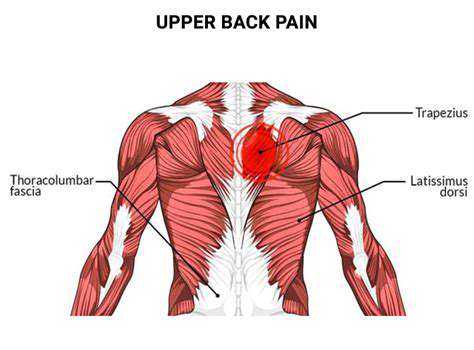
Occupational Strain
Certain professions have a higher risk of upper back pain. Teachers, programmers, and surgeons, who must maintain specific postures for long periods, experience disruptions in the small joints of the thoracic spine at rates three times higher than the general population. Micro-injuries from repetitive motions can accumulate over time, culminating in a sudden flare-up during a twisting movement.
Lack of Sports Protection
Thorough warm-up and stretching before exercise can significantly reduce the risk of such injuries. Sports that require frequent twisting, such as badminton and swimming, can easily lead to breaks in the kinetic chain if the core muscles are insufficiently strong. It is recommended to engage in functional training under the guidance of a professional coach, focusing on enhancing the coordination of the rotator cuff and erector spinae muscles.
Emotional Stress Impact
Anxiety can increase muscle tension through neuro-muscular modulation mechanisms. The neck and back pain commonly referred to as stress pain is essentially caused by excessive sympathetic nerve arousal leading to abnormal muscle contraction. This type of pain typically features mild symptoms in the morning that worsen by evening and is often accompanied by sleep disturbances. Progressive muscle relaxation training combined with cognitive behavioral therapy has proven effective.
Improper Sleep Environment
An inappropriate pillow height is a common cause of upper back pain upon waking. It is recommended to use a support pillow with a height of 8-12cm when sleeping on your back, and 15-18cm when sleeping on your side. Memory foam can better adapt to the curvature of the cervical spine, while buckwheat pillows are more suitable for individuals who frequently change sleeping positions.
Effective Strategies for Scientifically Addressing Upper Back Pain
Staged Treatment Plan
During the acute phase, prioritize the RICE principle: Rest, Ice, Compression, Elevation. For chronic pain, it is advisable to combine physical therapy, myofascial release therapy with neuromuscular activation training for significant effects. Research shows that systematic rehabilitation can significantly relieve 85% of functional pain within six weeks.
New Advances in Exercise Therapy
In recent years, suspension training (SET) and Pilates have been widely applied in spinal rehabilitation. These trainings improve joint stability and muscular endurance simultaneously through closed-chain movement patterns. Participating in core training three times a week for 30 minutes per session can result in an average 47% reduction in pain index after four weeks.
Warning Signs That Require Immediate Medical Attention
Recognizing Danger Signals
If pain is accompanied by any of the following symptoms, please seek medical attention immediately: waking up due to pain at night, unexplained weight loss, fever, chills, or progressive muscle weakness. These may indicate infection, tumors, or neurological damage. Particularly, sudden bowel or bladder incontinence may suggest cauda equina syndrome, which requires emergency treatment.
Precise Diagnostic Process
Modern imaging technologies provide strong support for differential diagnosis. X-rays can observe bony structures, MRI has the best resolution for soft tissues, while electromyography can accurately assess nerve conduction function. It is advised for those with pain lasting more than two weeks to undergo a thorough examination to avoid misdiagnosis and missed diagnosis.

